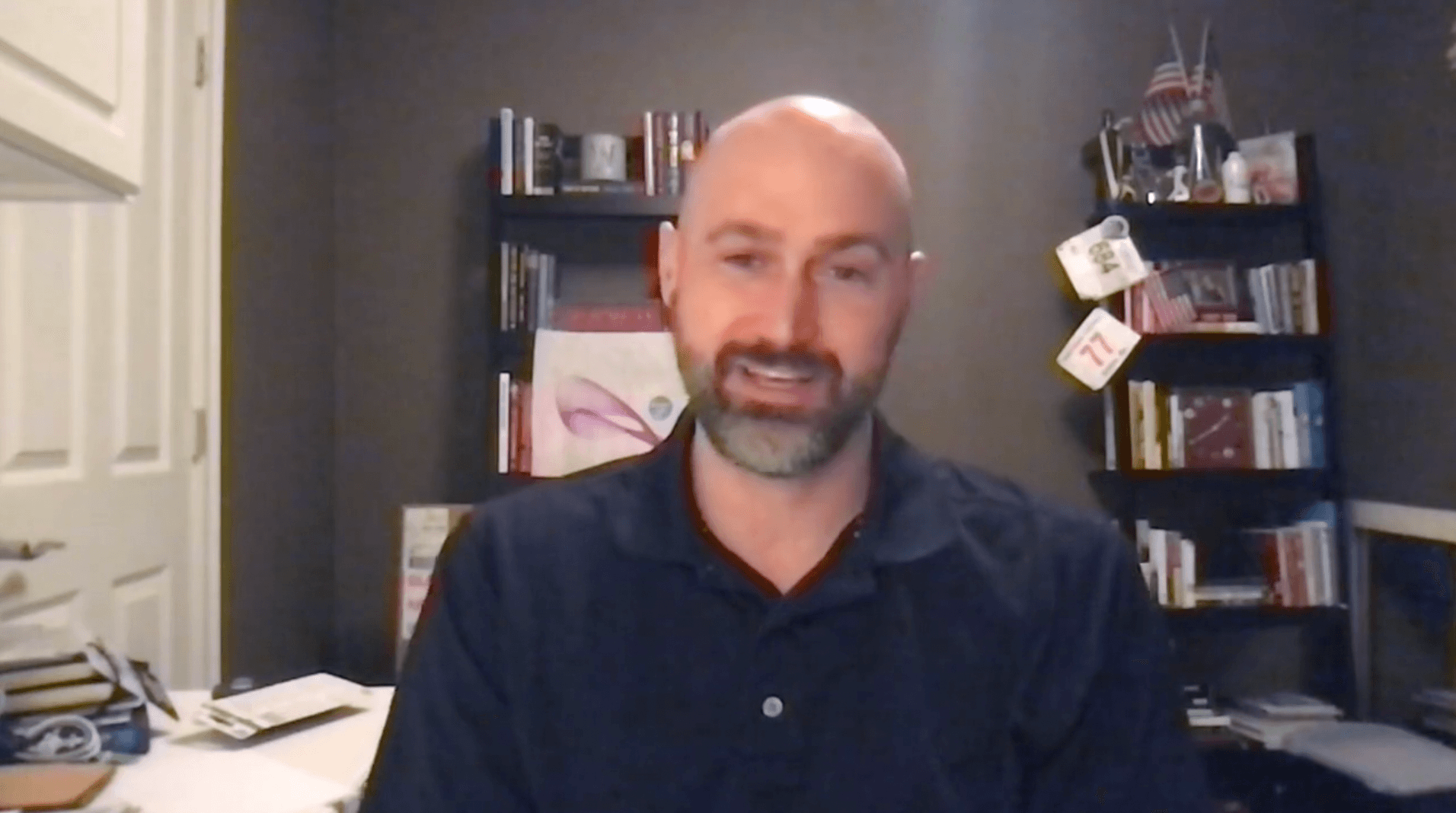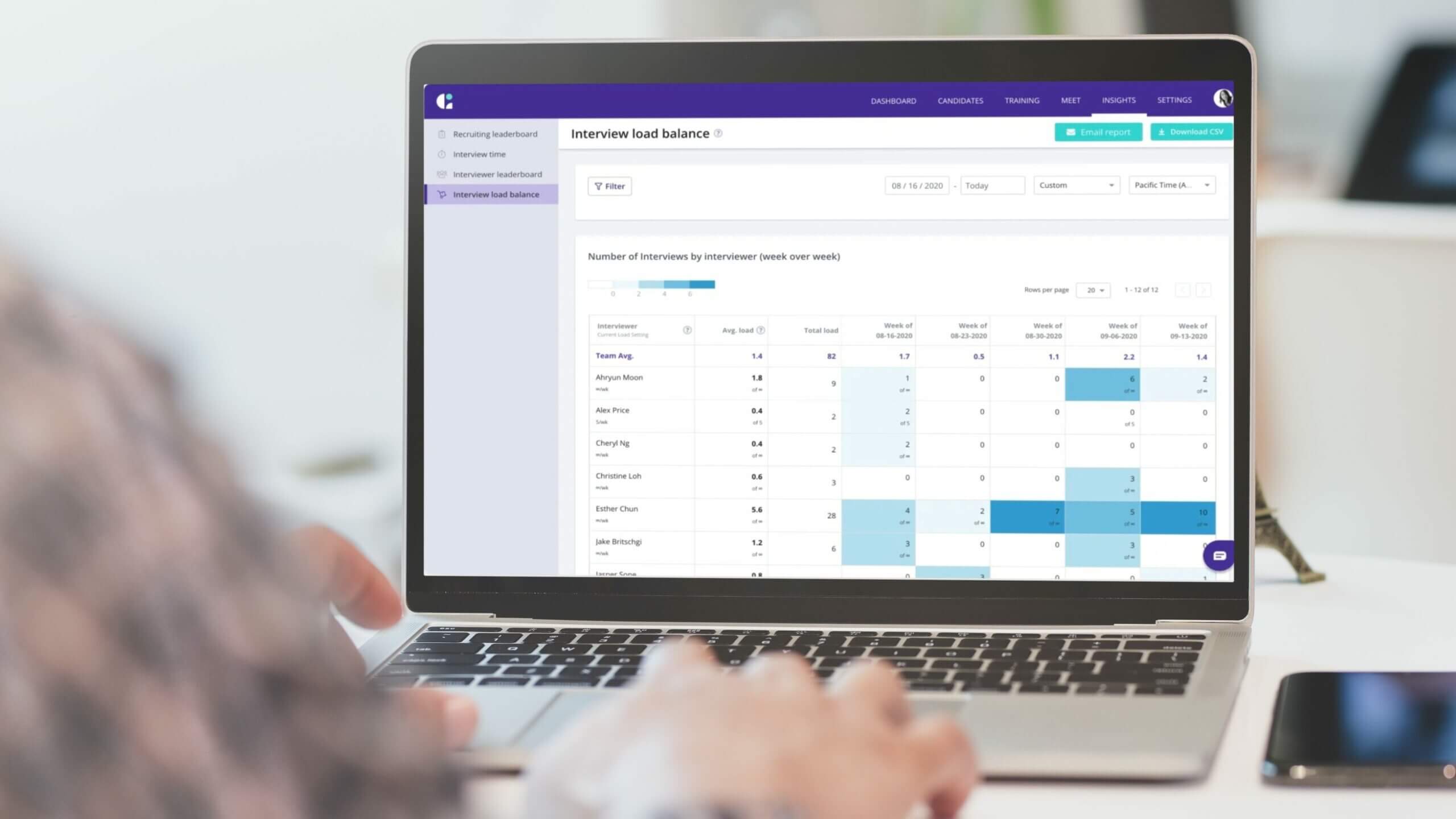In the world of recruitment, finding top talent is only half the battle—it’s all about candidate relationships. For hiring teams with goals to not only reel stellar candidates in, but to also ensure that candidates stay engaged in an opportunity that lives up to expectations, talent retention requires just as much attention as talent acquisition.
As a recruiter, if this component of hiring is overlooked (as it all-too-often is), an alarmingly high employee turnover rate can directly negate your efforts to grow your teams. And within the age of the Great Resignation as more and more companies lose their top performers to other opportunities, now is the time to amplify your employee retention efforts.
If the importance of driving retention needed further proof, the cost of replacing an employee reportedly amounts to between 90% to 200% of their annual salary, meaning that keeping retention top-of-mind from the start of the interview process can save both time and money down the road.
We’ve talked about the importance of prioritizing candidate relationships in order to turn candidates into new hires, yet this key component of hiring is equally important when ensuring those new hires decide to stick around for a while.
While 31% of employees reportedly left their new job within the first six months of working, this statistic doesn’t have to be the reality for your organization. In fact, it is incredibly preventable, and the solution lies in cultivating strong, genuine connections with potential new hires from the get-go. Read on to learn how to use candidate relationships as your secret weapon in boosting retention and reducing turnover.
Be Transparent With Advancement Opportunities
Employees don’t just want to have a job at your organization – they want a career, and part of having a career means having a defined path for promotions and advancement. If these opportunities aren’t present, employees aren’t afraid to look to other places, seen in the more than one-quarter of employees that are reportedly hunting for a new career for better advancement opportunities.
Clearly and transparently communicating the projected career path in the interviewing stage not only bolsters candidate relationships with a trustworthy foundation of communication but also ensures that both your hiring team and the candidate are on the same page with what can be expected in growth opportunities.
With 51% of hires left feeling misled over opportunities for career progression, being upfront about how your candidates can advance within the role mitigates the chance that they’ll be disappointed with these opportunities down the line and will decide to move on to a different organization.
Convey Your Organization’s Culture
Clear communication is undoubtedly a core component in forming a strong relationship with candidates that translates to success and retention once they’re hired, yet this goes beyond articulating growth opportunities: this also means communicating the company culture.
Company culture has always been somewhat difficult to fully convey to candidates, and the distance economy along with the new norm of remote hiring has made this concept even more abstract and difficult to properly illuminate. But with 38% of workers wanting to leave their jobs due to the culture, it’s evident that taking time to communicate a clear image of the workplace’s culture in the interview process is a must-do.
In the end, a candidate relationship embedded with open discussions on culture ensures that whoever is hired for the role fully understands and aligns with the environment and values of the organization, reducing the likeliness of turnover due to a bad cultural fit down the line.
Demonstrate Flexibility When Hiring
If the rise of remote working has taught us anything, it’s that flexibility is good for business. With 42% of employees reporting that they would leave their jobs for a more flexible work environment, companies that don’t offer flexibility risk losing out on acquiring and retaining top talent.
Facilitating candid conversations with candidates on their options for flexible work and flexible schedules is a great way to both strengthen the candidate relationship and make sure that the new hire won’t quit soon after they start the job due to dissatisfaction with the room for flexibility provided within the position.
But, showing is nearly always better than telling, so if you want your recruiting team to really stand out from the crowd, it’d be wise to demonstrate your organization’s commitment to flexibility using the tools in your tech stack. You can make flexibility paramount in the interview process with optimized virtual interviewing experiences, complete with self-scheduling capabilities that allow candidates to interview at a time that is most convenient for them.
The Bottom Line
When faced with an increasingly picky candidate pool combined with job-hopping employees that drive up turnover rates, acquiring and retaining talent can oftentimes feel like an uphill battle. In times like this, cultivating the candidate relationship grows ever more important. This means enacting hiring practices that present potential hires with a genuine, true-to-life preview of the job.
Check out our eBook on the candidate relationship to learn how to give candidates personable experiences at every step in your hiring process.











